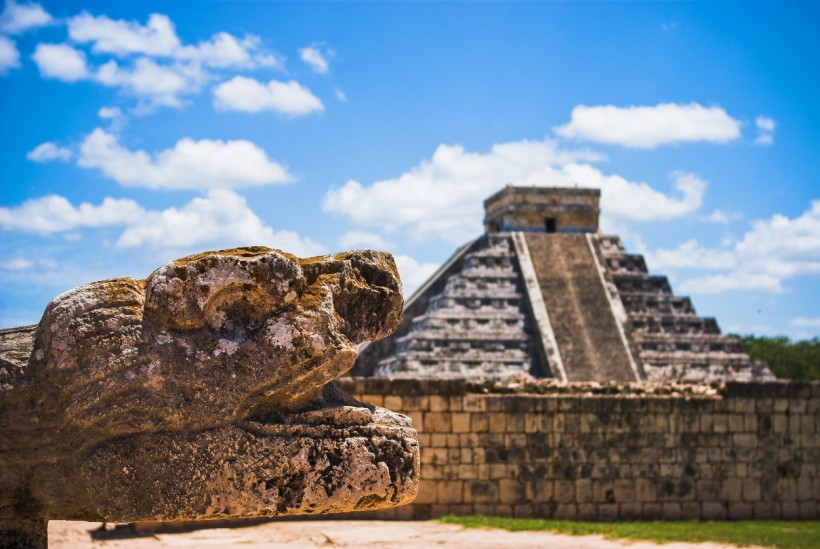Did the Ancient Mayan Civilization Establish Themselves in Florida? Explore the Evidence

The Mayans were once one of the most powerful indigenous people of Central America. The Ancient Maya Civilization produced some of the most incredible cultural advances. They excelled at agriculture, pottery, mathematics, calendar-making, and sciences. The Mayans predicted solar eclipses and used the astrological cycles in planting and harvesting. They also left behind a variety of impressive architecture and artwork that were symbolic.
From the late eighth century, the Mayan civilization started to decline. The once prominent cities in the southern lowlands began to collapse. By A.D. 900, the Mayan civilization completely collapsed.
Scholars have long agreed that the Mayans settled in an intense area within eastern Mexico and parts of Guatemala, Belize, and Honduras. However, many wondered just how far the ancient people ventured. Some theories suggest they cross the Gulf of Mexico and landed in modern Florida. Here is some possible evidence that depicts they colonized the U.S. soil.
Crystal River Site
Researchers have uncovered possible connections to the ancient Mayan located in a city in Western Florida. Ruins uncovered at Crystal River were described to be part of an ancient trading outpost, which was developed around 250 AD-which was when the Classic Mayan civilization began.
On Roberts Island, a stepped pyramid was discovered made of mortar and seashells, one that closely resembled the stepped pyramids found in the Mexican state of Tabasco. Both pyramids were also the same size.
Researchers also compared iconography found on several pottery pieces at the Crystal River site. The Venus symbol used by the Maya people were similar to the patterns found on the Crystal River pottery.
Archaeologists also found depictions of the "Diving Bird Deity," which bears an uncanny resemblance to the ancient Maya's "Descending God."
Key Largo Pyramids
According to an article published in September 1985, the island of Key largo once held a pyramid structure that no longer exists. In the South Florida Sun Sentinel report, the author describes the archaeological site as a "growth infested pile of coral rocks."
James Kerr, the author, claimed the rocks were once part of a sacred Indian temple with platforms and ramps used for ceremonial purposes. The ramps, he wrote, were shaped like a giant crab. He said the temple was a 15-foot tall structure that was 100 feet long and 50 feet wide. Kerr claimed the temple resembled a miniature amphitheater where hundreds of Pre-Columbian residents gathered to worship unknown gods.
Florida archaeologist Sean Sullivan believed the stone structures were likely built by pre-European people who aimed to use the pyramid as a directional device to assist in navigation.
Serious investigators in the late 1960s agreed that the structure, which the Smithsonian described as a large central pyramid with stone ramps and fresh-water wells, was built around 800 AD when the Maya civilization in Mexico was beginning to collapse. The site, however, was abandoned before 1175. The finding, experts say, could possibly be a connection between Key Largo and the refugees of the ancient civilization.
Want to read more? Check these out:
- Latino Families Getting More Creative in Maintaining a Tradition
- The Stories of Inspiring Latino Entrepreneurs in the US
- Facts About Colombia You Need to Learn Before Visiting It After the Coronavirus Pandemic
Subscribe to Latin Post!
Sign up for our free newsletter for the Latest coverage!













